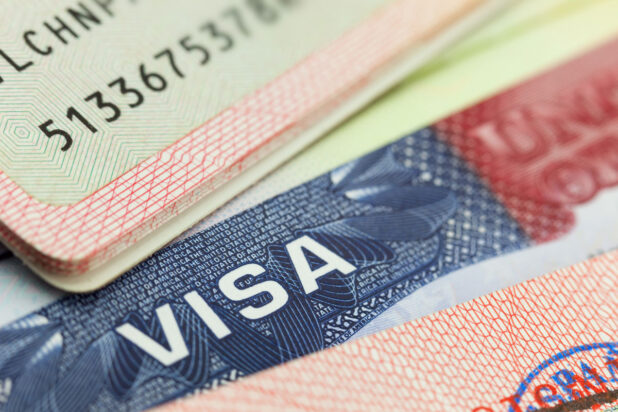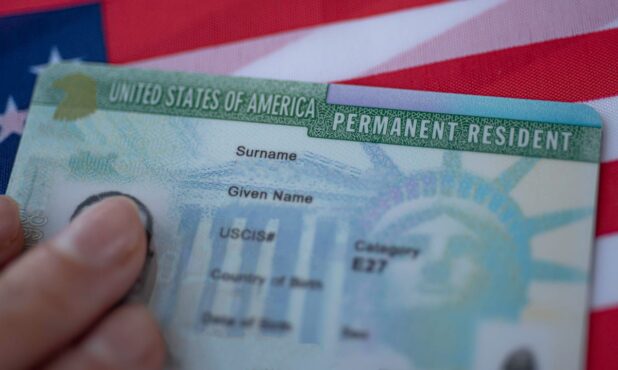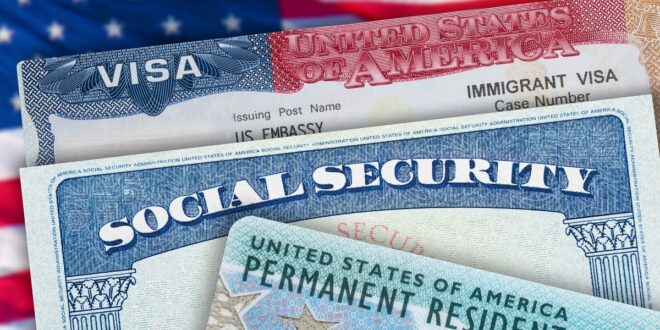Have you always dreamed of becoming a U.S. resident?
After all, the United States is one of the greatest countries in the world. Fortunately, anyone can apply for legal residency for living in the U.S. The key is to understand the application process and then carefully follow the steps for getting your green card.
The process for applying for a US visa can vary. It depends on the type of visa you are applying for and your specific circumstances. Here we take a look at a guide to help you navigate the process and increase your chances of success. Keep reading to learn more.
Table of Contents
1. Understand the Different Visa Categories

There are many visa categories available for people who want to immigrate to the U.S. Each visa category has different requirements and restrictions, so it’s important to understand which one is best for your situation. Here are some of the most common visa categories:
- B-1/B-2 Visitor Visa: This is a non-immigrant visa for people who want to visit the US for business (B-1) or tourism (B-2) purposes.
- F-1 Student Visa: This is a non-immigrant visa for students who want to attend a college or university in the US.
- J-1 Exchange Visitor Visa: This is a non-immigrant visa for individuals who participate in exchange programs that promote cultural exchange, such as research scholars, professors, and interns.
- H-1B Specialty Occupation Visa: This is a non-immigrant visa for individuals who have specialized knowledge or skills and want to work in a specialty occupation in the US.
- L-1 Intracompany Transfer Visa: This is a non-immigrant visa for individuals who work for a multinational company and want to be transferred to a US branch.
- O-1 Extraordinary Ability Visa: This is a non-immigrant visa for individuals with extraordinary ability in the sciences, arts, education, business, or athletics.
- E-1/E-2 Treaty Trader/Investor Visa: These are non-immigrant visas for individuals who want to conduct trade or invest in the US and are citizens of countries that have treaties with the US.
- K-1 Fiancé(e) Visa: This is a non-immigrant visa for foreign nationals who are engaged to US citizens and plan to get married in the US.
- Immigrant Visas: These are visas for individuals who plan to live permanently in the US. They include family-sponsored visas, employment-based visas, and diversity visas.
2. Find a Qualified Immigration Lawyer
A qualified immigration lawyer can guide you through the complex process of obtaining permanent residency in the U.S. They can provide you with advice and support to help you navigate the process successfully.
Be sure to check out this resource where you can learn about finding an experienced green card lawyer.
3. Meet the Eligibility Criteria
To be eligible for permanent residency, you must meet certain criteria. This includes having a qualifying relationship, having a specific employment or investment opportunity, or being selected in the diversity visa lottery.
4. Gather the Required Documents
You will need to provide evidence of your eligibility and supporting documentation to the U.S. Citizenship and Immigration Services (USCIS). Make sure you gather all the required documents, including birth certificates, passports, and any relevant certifications.
5. Submit Accurate and Complete Applications
Ensure that all your application forms are complete and accurate. Any mistakes or missing information can result in delays or rejection of your application.
6. Provide Proof of Financial Support

You will need to provide evidence that you have enough financial support to live in the U.S. without becoming a public charge. This may include tax returns, bank statements, or a job offer letter.
7. Demonstrate English Language Proficiency
Many visa categories require you to demonstrate English language proficiency. You can provide proof of proficiency through a standardized test like the TOEFL or IELTS.
8. Prepare for an Interview
Some visa categories require an interview with a USCIS officer. Prepare for your interview by reviewing your application, practicing your English, and bringing any required documents.
9. Stay Informed
Keep up to date with any changes in immigration policies or procedures that may affect your application. Subscribe to the USCIS newsletter and follow reputable immigration news sources.
10. Follow Up on Your Application
Check the status of your application regularly and respond promptly to any requests for additional information or documentation. This can help speed up the process.
11. Seek Employment
Employment can be a pathway to permanent residency. Look for job opportunities in the U.S. and obtain the necessary work visas.
12. Consider Investment Opportunities
Some visa categories require you to invest in a U.S. business. Look into investment opportunities that match your financial capabilities.
13. Apply for a Green Card

A green card is the most common pathway to permanent residency. Apply for a green card as soon as you are eligible.
14. Seek Sponsorship
Do you have a family member who is a U.S. citizen or permanent resident? If so, they may be able to sponsor you for permanent residency.
15. Be Patient
The process of obtaining permanent residency can be lengthy and frustrating. Be patient, and don’t give up. With the right guidance and persistence, you can achieve your goal.
Applying for Permanent Residency in the United States
Millions of people around the world dream of getting their green card, each hoping they can become a legal U.S. resident. Fortunately, following the tips listed here is the best way to be granted permanent residency so that you can enjoy the benefits that living in the U.S. has to offer.
Please feel free to continue exploring the content on this blog to find more great articles filled with helpful lifestyle-oriented tips and advice.
 World Magazine 2024
World Magazine 2024






